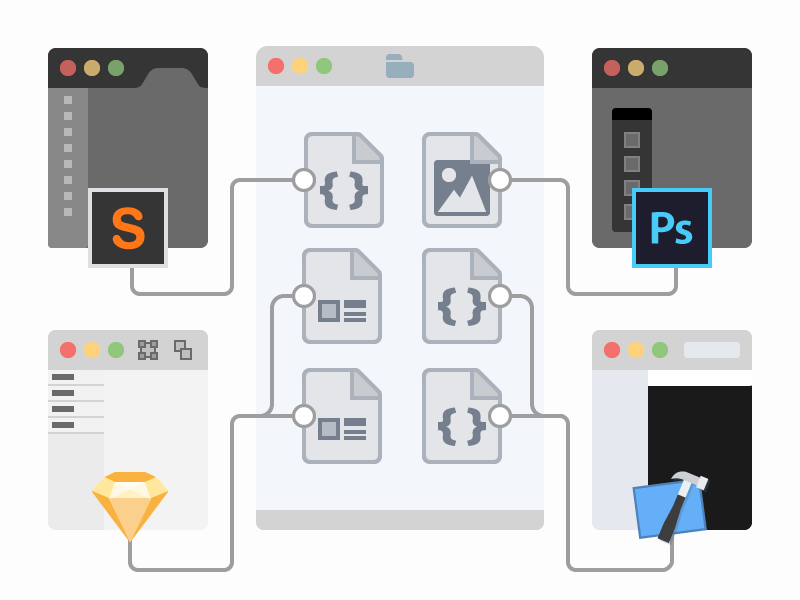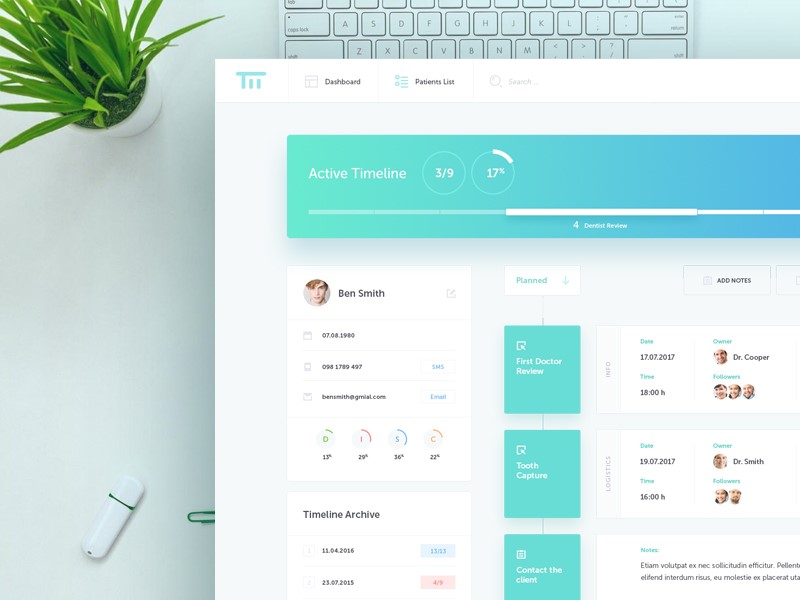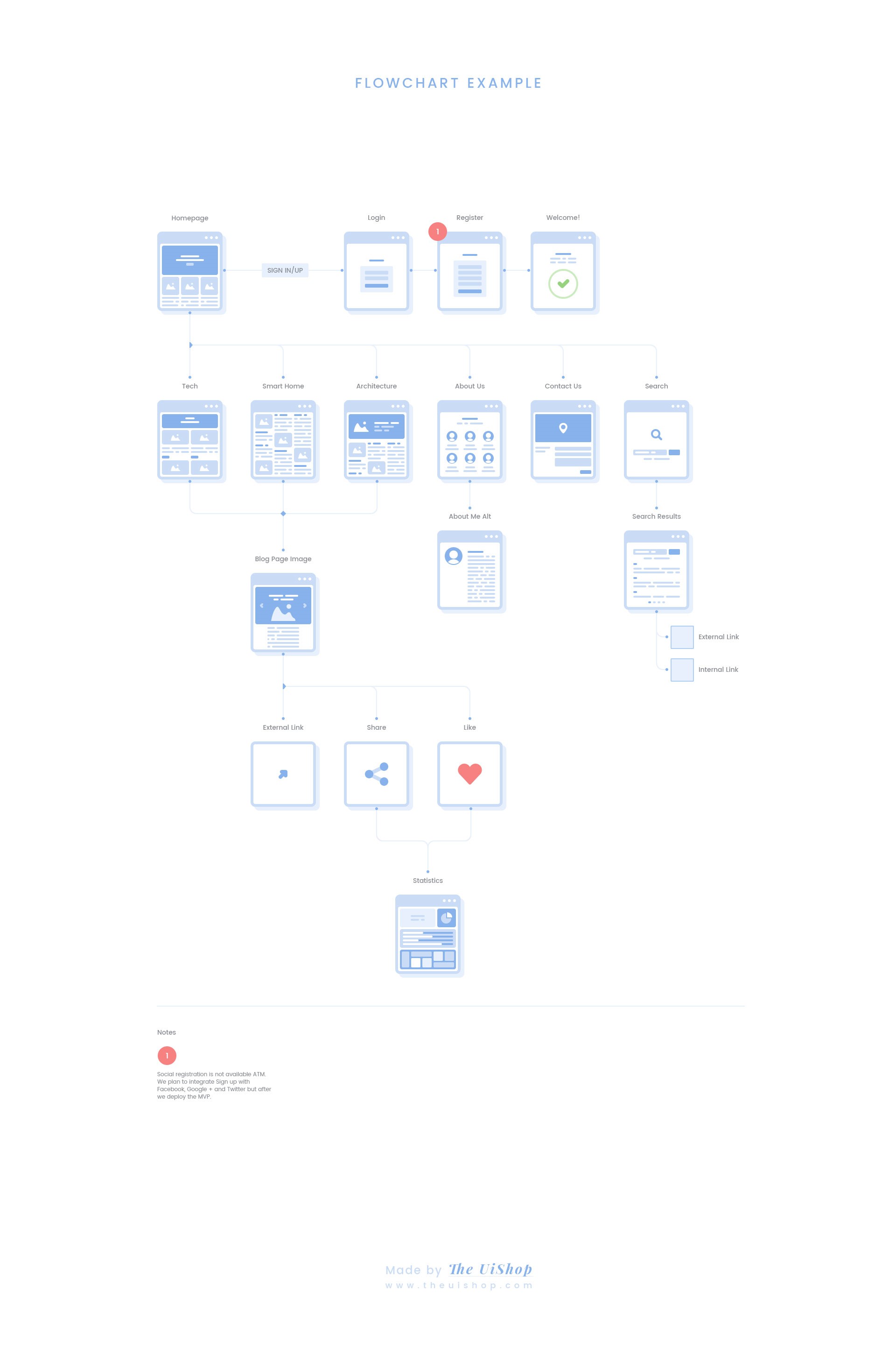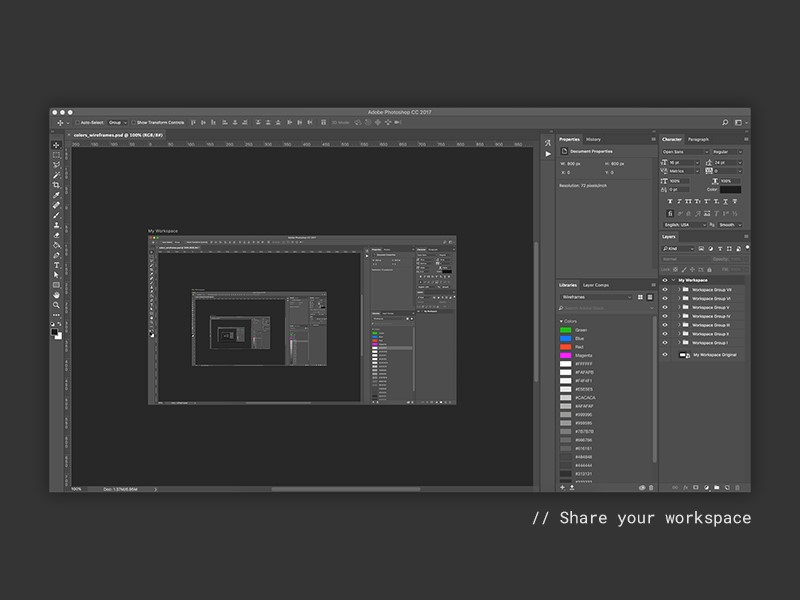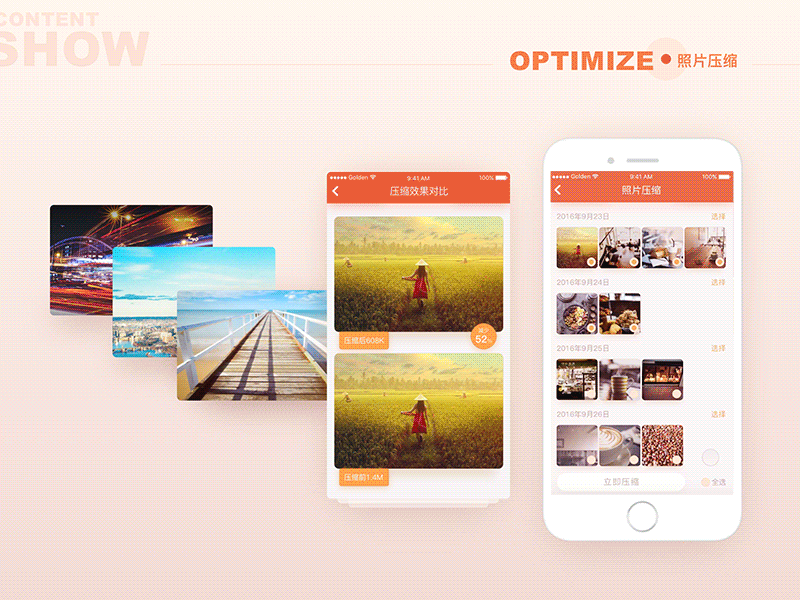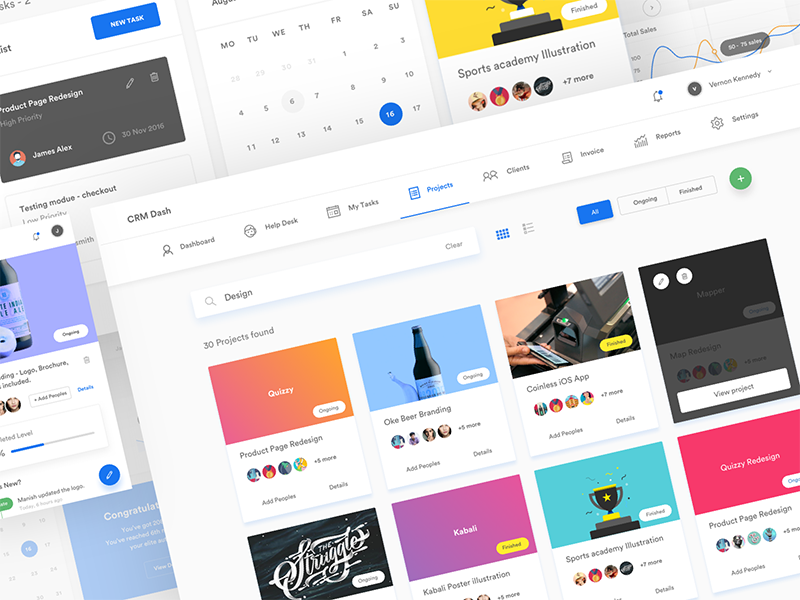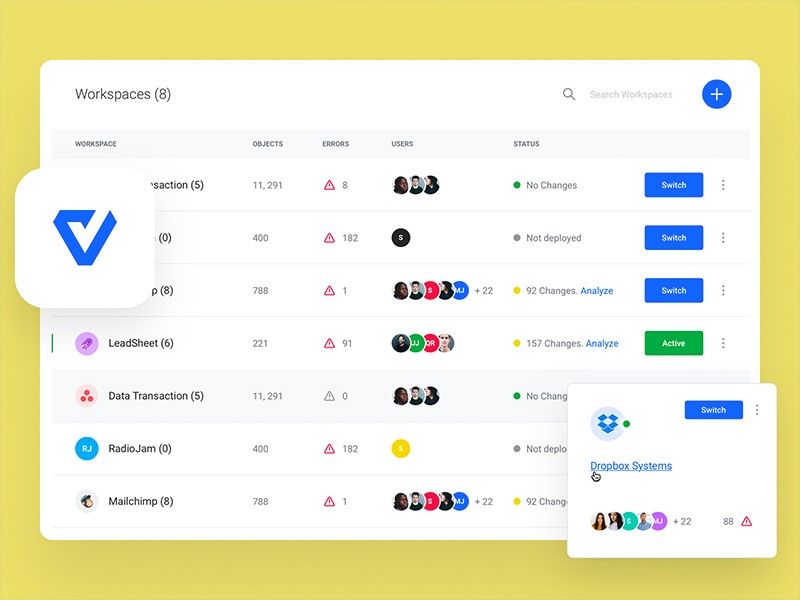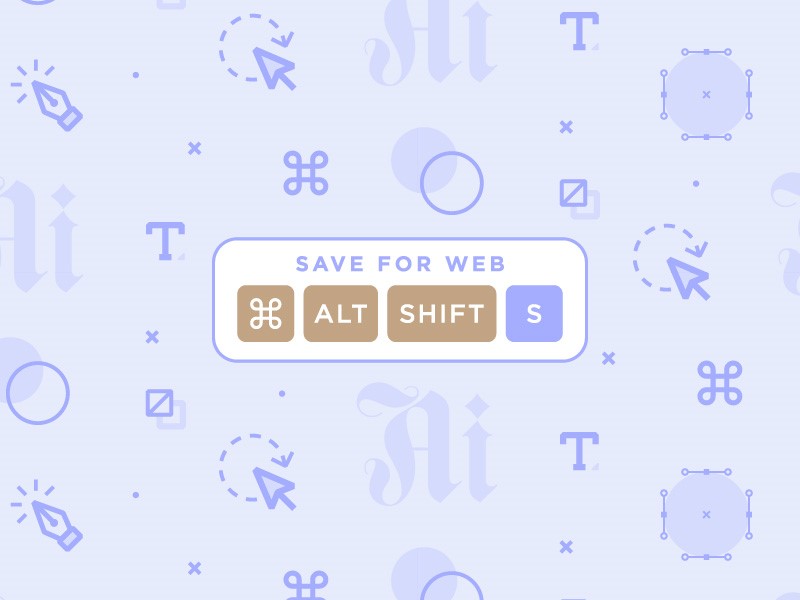As a freelancer in the field of web design or development, you are well aware that time is money. When you are able to get a great deal of work done in a set amount of time, your profits will increase, and you will be able to meet your goals and deadlines.
Working efficiently is, therefore, a crucial skill for freelancers to develop. Time management will provide a significant boost to your career. However, as a freelancer, you may wonder where you should best invest your time? What will pave a smooth path towards an efficient work schedule and what would result in mere procrastination?
Here are some helpful tips to improve your workflow
Plan your projects
When you give your web designs a sense of direction from the very start, you will save time in the long term. Although planning takes time and reveals the complexities or intricacies or a design, it will help you save time. This is because a clearly thought out design will give you a clear sense of direction.
When you plan your project well, you will save time from making repairs at work. You can both receive information from your client and share your feedback. This will ensure that the end result meets your client’s need. There will be no surprises along the way if your client agrees to your initial plan.
When planning your project, take into account the goals and functionalities of your site, the content you will include, the design or aesthetic, your sitemap, budget and call to actions. Once you have a clear vision for your site you will be able to work with a clear set of goals in mind. You can then use Photoshop or wireframe.cc to begin your layouts.
What should you include in your project plan?
Every project you work on will include a different plan, as well as a different level of complexity. While some designs are relatively simple and your client has a clear idea of how to proceed, others will take a lot of thought.
When it comes to planning your project, the amount of time you give to each different stage will be different. However, planning should evolve through 6 different steps or stages:
- Define what you would like from your site.
- Assess the content and how you will design around this.
- Define the features of your site.
- Take your audience into account.
- Research how to create an intuitive, aesthetic site which will suit a company’s identity.
- Plan how you will organize your site, create a hierarchy and your wireframe.
Which questions should be taken into account when planning the site?
You’ve made the decision to plan your site before you begin designing. Now you might be searching for some questions to ask which will assist you with the planning process. Here are some guidelines you can follow while planning your site:
Who will be visiting this site, and what would they like to achieve? Is your site informative, does it aim to sell a product or service?
Why does your client want to construct this site? Is it to gain new leads, sell a product or reach out to the community?
What do you need to achieve in order for the site to be a success? Do you need to encourage your viewers to subscribe, buy a product or participate in an online forum?
What materials do you need for designing the site? Think of what you need to use based on your audience. Do you have a tech site to create? Would a carbon fiber texture fit in there?
Taking these questions into account will guide your design process. When you design with your end result in mind, you will be able to create clear goals which will inform your design process.
Designing with the big picture in mind will assist you to create a successful site. It will also save you time in the long run as you will not need to make numerous changes later on.
Your graphic design workflow
Once you are ready to start designing, you may wish to use Photoshop or Illustrator to design your site.
Photoshop gives you the opportunity to customize your workspaces. If you make this choice, you will save yourself a lot of time. This is because you will have palettes or panels which appeal specifically to you. You will also find that you often create your own frequent choices. Setting up these features in the order which suits you will enable you to work more quickly.
Although Photoshop offers predefined features such as painting, photography, or design, you can create some of your own features too.
Optimize your images to increase speed
When you are working on your designs, slow downloading speeds will both delay and frustrate you and eventual viewers of a site. One of the biggest contributors to slow page loading times is image size. If you customize your images you’ll be able to increase both your working and eventual site download time.
While you work on optimizing your images, you could also ensure that they will be responsive to a range of different devices. You can do this by adjusting the image size to the screen it will be displayed upon.
Take your different font weights into consideration. When you work to increase your downloading speed, remove all unnecessary font selections or weights from your designs. Each new element will add a different weight to your site and therefore delay your speed. By keeping your site as clean and clear as possible, you’ll ensure that it loads more quickly.
Learn a new skill
By increasing your skills, you will expand your design repertoire and the number of projects you will be able to work on. You will initially feel as though you are working more slowly. This is because you will be leaving the comfortable territory where each stage of your project is familiar to you. However, once you’ve developed new skills, you will be able to expand your practice or speed up your current designs.
If you are unsure of new areas to expand into, you could even explore your current weaknesses and how you could strengthen them. If you battle with project management, planning or typography, this may be an area to work upon. Alternatively, if you are limiting your software use because you prefer a familiar program, then working on new programs may be the option for you.
Organize your workplace to suit your needs
Every designer needs a structured or organized workspace. This will help you to find the tools you need for your tasks as well as incorporate them quickly and efficiently into your new job.
Keep your office space well organized, your computer files easy to access and your software programs customized to meet your individual needs. This might take a little time at first but will enable you to work on your projects quickly and efficiently.
Learn your software shortcuts
Most programs, such as Illustrator, have a range of shortcuts that you can use to increase your speed while working.
Although the number of shortcuts may feel daunting at first, by learning those you use most frequently, they will eventually become second nature.
You can keep expanding as you go along. Once you have learned to use the keyboard shortcuts, your programs will begin to feel more intuitive and second nature to you. You will also be able to work more quickly with your programs.
Make use of a CSS preprocessor
When we create style sheets, we know that they can become both repetitive and terribly dull. Although we often repeat some elements on our style sheets a CSS preprocessor such as Sass or LESS allows us to organize or CSS effectively.
In addition, it allows for some elements on our style sheets to be tweaked or changed while others remain the same. You can also reuse chunks of information should you wish to.
You could also improve your CSS workflow by creating an awesome development team who will be able to rework your CSS codes, continually creating new variables for you.
Summary
While there are many ways to work efficiently and increase your productivity as a freelancer, these basic building blocks will assist you to save time while you set up your freelance practice. This will help you to work more efficiently and increase your profitability. Although many time-saving techniques may seem basic, they are worth implementing. The overall results help you to work efficiently, improving your design process.

